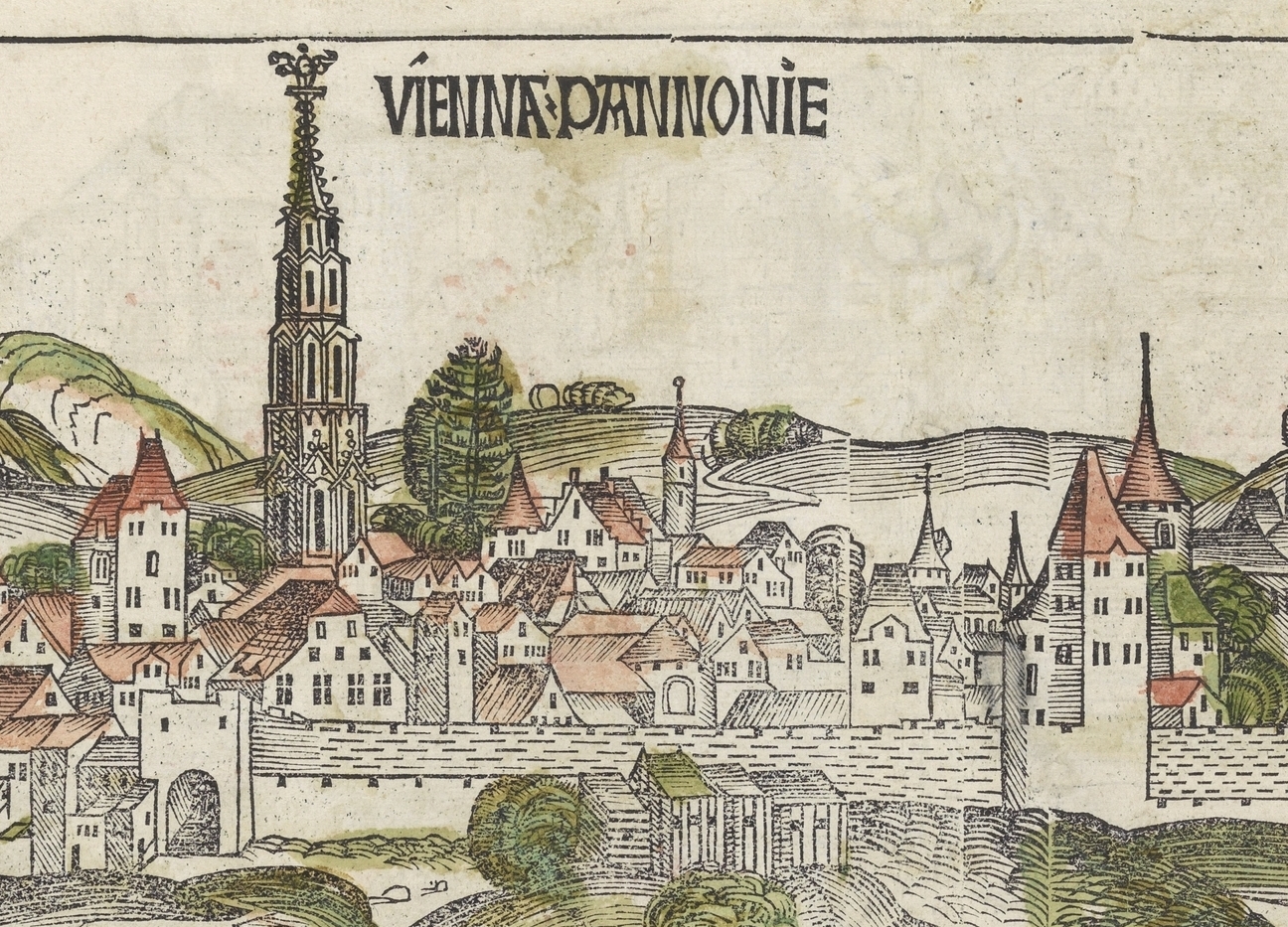
FROM THE WALL TO
the 'Ringstraße'
When the Capuchin monastery was built at the beginning of the 17th century, it was located close to the city's defensive structures. For a mendicant order, proximity to the city was immensely important, as the brothers historically saw themselves as what we today call “service providers.” However, the location directly behind the city walls also posed dangers; projectiles from the time of the Turkish sieges were found in the monastery garden. In the meantime, the wall has given way to a boulevard. None other than Emperor Franz Joseph was responsible for this major project.
To mark Austria's EU Council Presidency in 2018, the Ringstraße was spruced up in time for the summer and all construction sites were completed. Around 150 years ago, however, the Ringstraße was still entirely a construction site.
It is common knowledge that the city was originally surrounded by a large wall. By the middle of the 19th century, however, Vienna had become too small, with ever-larger suburbs springing up around the defensive structures. The city was densely populated and, with its narrow streets and city walls, was more reminiscent of the Middle Ages than an important metropolis and capital of a great empire. There was no question about it – the wall had to go!
In 1857, Emperor Franz Joseph gave the order to demolish the Vienna bastions. In their place, a large street was to be built, lined with magnificent buildings, which would allow Vienna to shine in new splendor as a modern metropolis. In doing so, Franz Joseph, a great “fan” of the army, turned against his military leaders. They argued strongly against the demolition of the bastions. They still had a vivid memory of 1848, when the Viennese, scarred by economic crisis and Metternich's system, took up arms. At that time, it was not an invading army that had been fired upon from the city walls, but the revolting population.
However, the army did manage to have three barracks built on the Ringstraße, which made it possible to move troops quickly. In addition, the width of 57 meters was intended to ensure that the Ringstraße could not be barricaded.
When the old Emperor Franz Joseph finally died in 1916, his body was escorted with full military honors to the Imperial Crypt, where he was buried dressed in the gala uniform of a field marshal.
